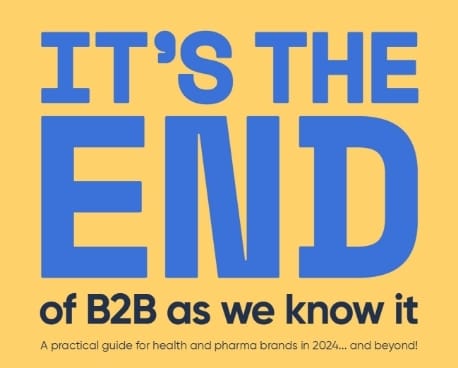A website should be viewed as a strategic asset for any organisation, not just within healthcare. Designing a new medical website takes time and effort to plan, research, write and organise content, not to mention the graphic design and development stages.
But why are some website designs more expensive than others?
The simple answer: Expectations are higher.
Nowadays, healthcare organisations want to be able to provide unique online customer experiences for their patients. Interactive features and mobile responsive design are essential to this, but for those that want to stand out from the crowd, the demands and requirements are greater than ever. Features such as personalisation and automation add a lot of technical complexity to design briefs.
But there’s good rationale for it. Healthcare organisations must respond to the rising expectations of their service-users, who are used to the sort of online experiences that are delivered by multi-million pound websites like Facebook and Apple. Unfortunately this design expertise comes with a larger price tag, as achieving this level of simplicity requires time to plan, code, refine and test.
We like to think of designing a website like building a new home. A website is essentially the digital home for your business, and you have a choice between laminate or marble flooring – the cost is reflected in the time and consideration spent on the project.
Take a look at some essential ingredients that are needed to make the best medical website designs:
Graphic design
The design elements that make up the aesthetic face of your website are not coincidental. A lot of time goes into finding, creating, and experimenting to achieve the ideal palettes, shades, textures, animations and other design features that communicate your brand identity. User experience, concepts, themes, typeface selection, design flow, image manipulation and branding are among just some of the details that designers must consider in their medical website designs.
The back-end
Websites are made up of two elements, the front-end and the back-end. The front-end is what patients see when they visit your medical website, sometimes referred to as the user interface (UI), and is comprised mostly of CSS, HTML, Javascript copy and images.
The back-end is the software that supports the content management system and other key functions of the website such as online booking systems. The back-end connects your database to your website. Each different website application connects to a database through programming languages such as PHP. The more features on the website, the more bespoke code that is needed to support them.
Content
You may have a stunning looking new medical website design, but without some carefully crafted content it won’t attract any new patients. Usually busy healthcare professionals don’t have the time to create new content for their website so we’re happy to help with that too. Whether it’s copywriting, photography or videography, content is the marketing currency of your website, so it’s important to get it right.
Remember, telling your story is what ultimately sells your services, so don’t overlook it. Website copy in particular plays an integral role in optimising your website so that its shown in search engine results. Like all other elements in web design, this involves planning and researching the keywords and terms that are most relevant to your target audiences.
The false perception
There are many different low cost and DIY website design options available on the market. Simple features and stock design templates provide affordable alternatives to those that want to create a very basic online presence. But for most professionals and organisations, this isn’t enough.
An effective website will not only support your marketing objectives, it acts as the digital heartbeat of your business, and should be seen as a key part of your organisational strategy. If you want to create a branded website that tells your story and provides an experience for your users, the design will require time, planning, detail, effort and skill, which you should be prepared to pay for. Needless to say, the return on investments are worth it.






